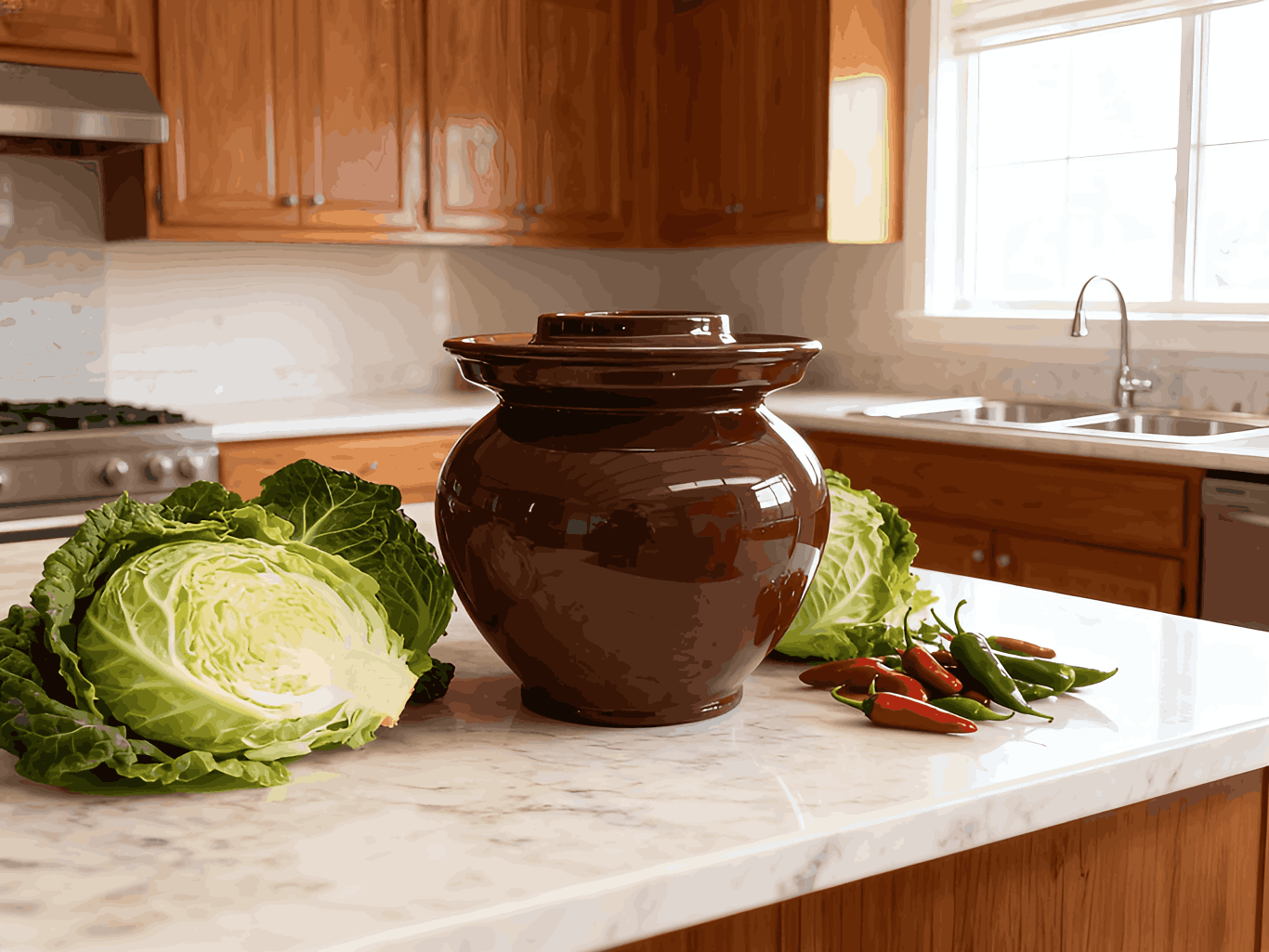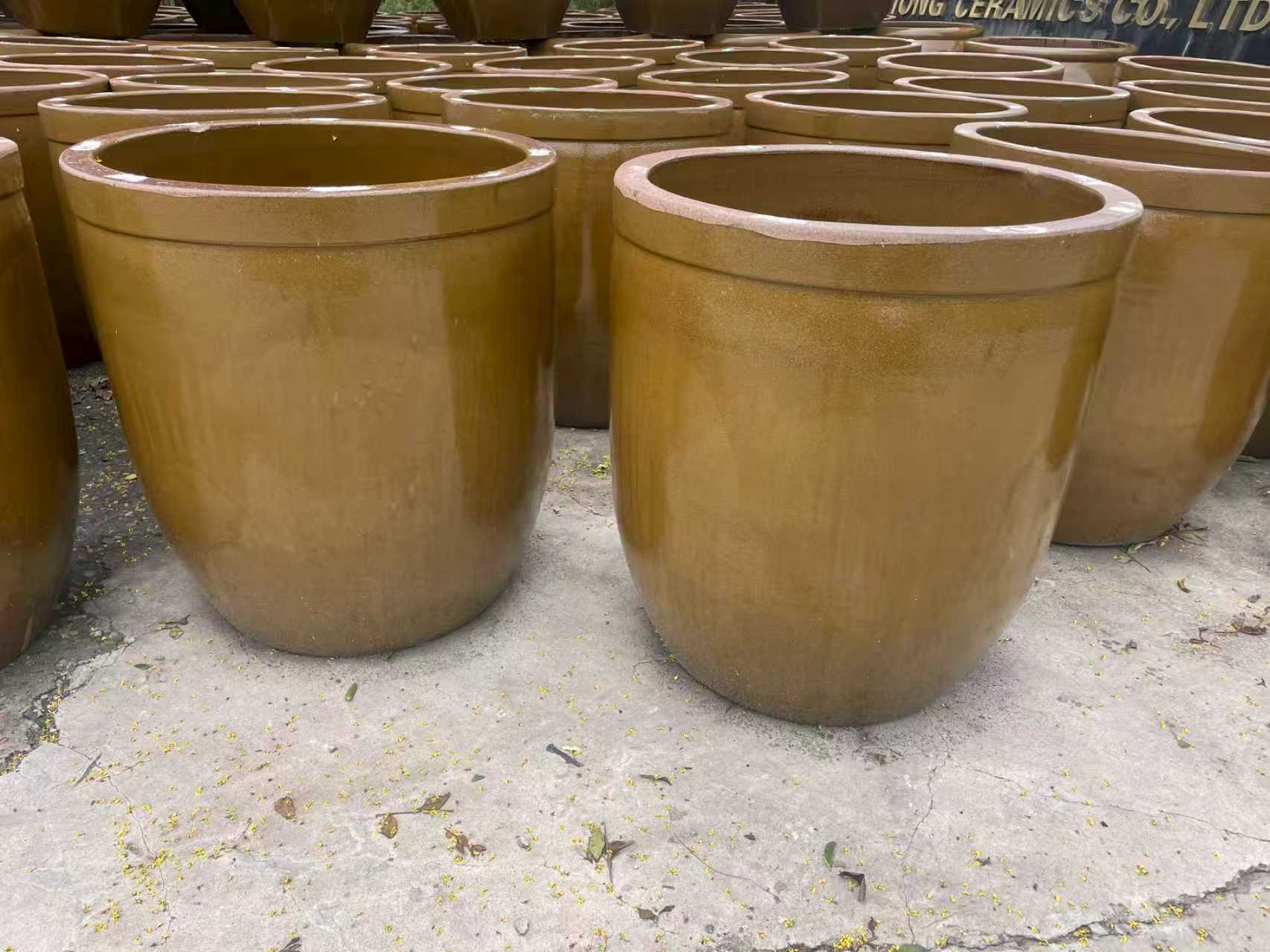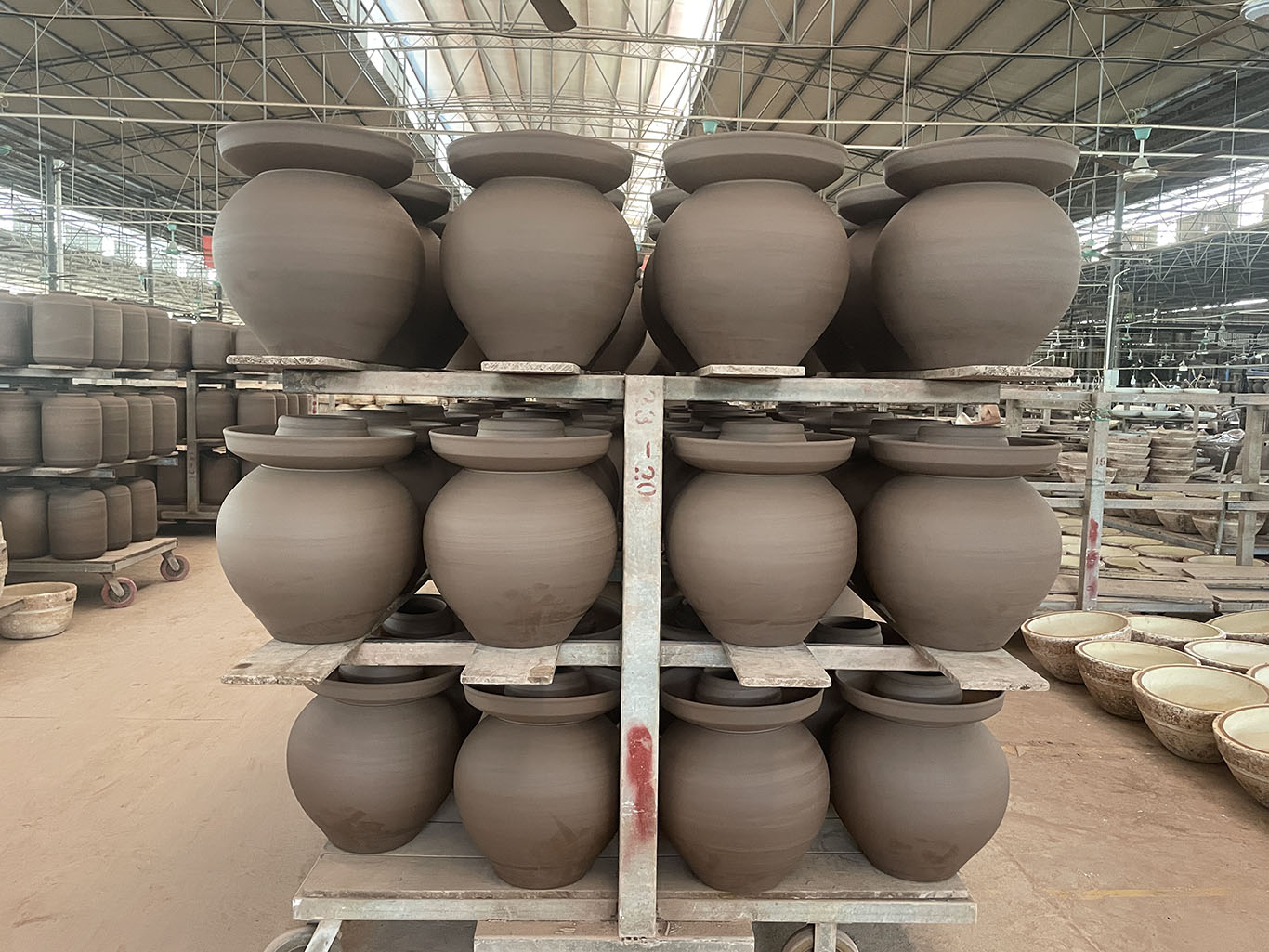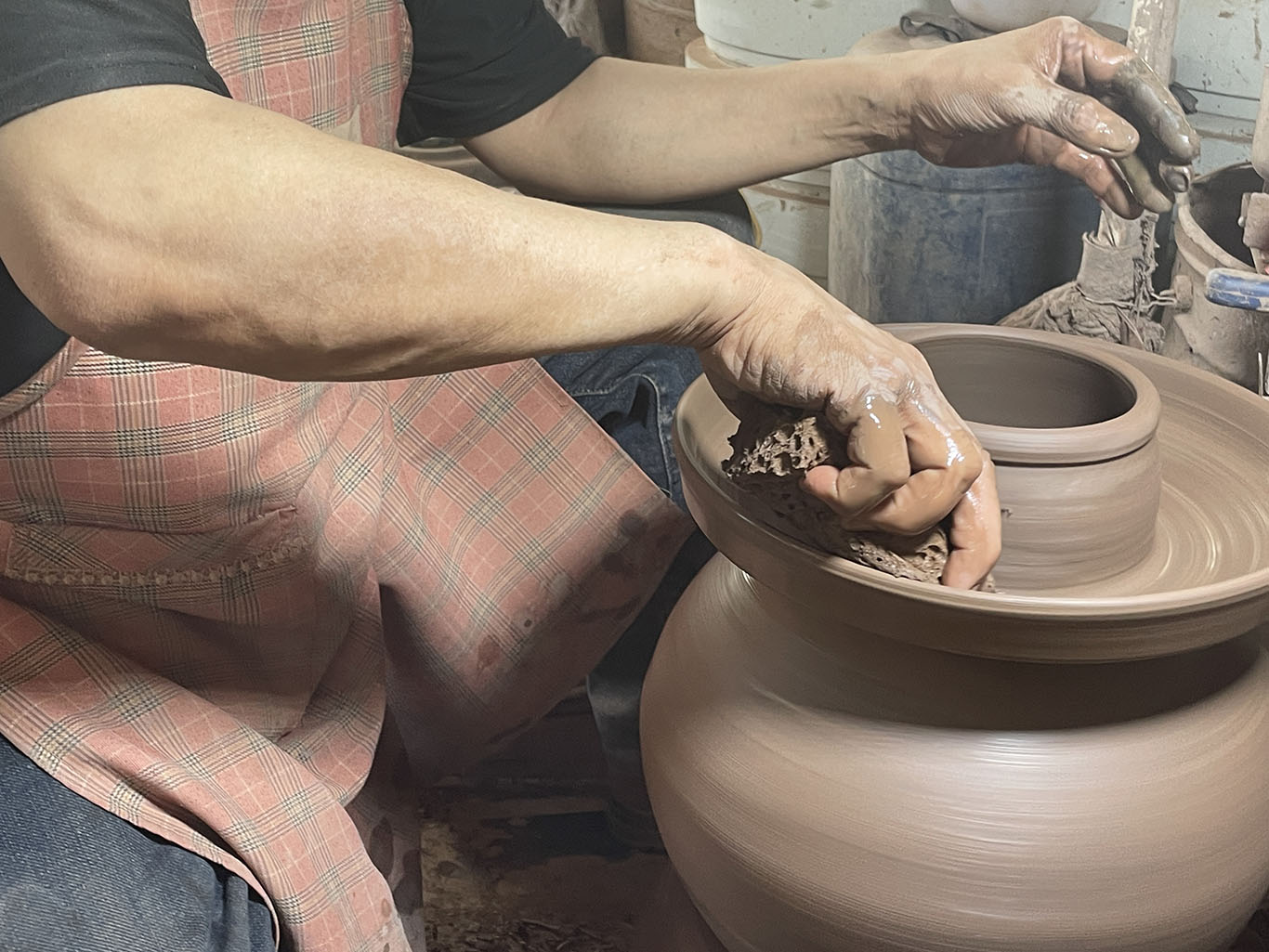The Ultimate Guide to Choosing Your Kimchi Fermentation Crock
For kimchi enthusiasts, the difference between good and exceptional often comes down to one crucial choice: the fermentation vessel. While any container might seem sufficient, the right kimchi fermentation crock can transform your homemade kimchi, delivering the perfect balance of flavor, texture, and probiotic richness. This guide will help you navigate the key considerations for selecting the ideal traditional kimchi pot for your kitchen.

Clay Kimchi Fermentation Crocks of Advantages
Terracotta vs. Ceramic vs. Glass Crocks
The material of your kimchi making container significantly impacts the final product. Terracotta fermentation crocks, also known as onggi pots, offer micro-porosity that allows natural gas exchange while maintaining humidity. Modern ceramic kimchi pots typically feature a non-porous glaze, and glass fermentation jars provide visibility but limited breathability. Each material affects fermentation speed and flavor development differently, with traditional Korean crocks often delivering the most authentic results.
The Science of Fermentation-Friendly Design
A proper earthenware fermentation crock does more than just hold vegetables. Its design should facilitate anaerobic conditions while allowing carbon dioxide to escape. Look for water-seal fermentation crocks that create an airtight environment while releasing gases, or breathable clay pots that maintain optimal humidity levels. The best kimchi storage containers balance oxygen exclusion with pressure management.
Key Selection Criteria for Your Fermentation Vessel
Size and Capacity Considerations
Choosing the right large kimchi crock versus a small kimchi container depends on your household’s consumption. A family-sized kimchi pot (3-5 liters) suits regular kimchi makers, while beginner kimchi kits with smaller vessels help newcomers learn the process. Consider both your counter space and how quickly you consume fermented foods when selecting your household kimchi fermentation jar.
Essential Features for Success
The difference between successful fermentation and spoiled ingredients often lies in the details. For traditional kimchi preparation, prioritize these features:
● Water seal design that prevents mold and contaminants
● Weight stones to keep vegetables submerged
● Wide mouth jars for easy packing and access
● Non-reactive materials that won’t affect flavor
● Temperature-stable walls that maintain consistent fermentation conditions
Why Traditional Materials Make Superior Kimchi
The Benefits of Natural Clay Fermentation
Unglazed clay pots for kimchi offer advantages modern materials can’t match. The natural porosity of terracotta storage jars creates the ideal humid environment while allowing minimal gas exchange. This results in slower, more complex flavor development compared to plastic kimchi containers or glass fermentation jars. The best clay kimchi pots also maintain cooler temperatures than their ceramic counterparts, supporting healthier microbial activity.
Authentic Korean Onggi Technology
Traditional Korean onggi pots represent centuries of fermentation wisdom. Their unique design and material composition create what many consider the perfect kimchi fermentation environment. While modern ceramic kimchi crocks work adequately, nothing replicates the nuanced flavors achieved in authentic kimchi fermentation vessels made from natural clay.
Practical Tips for Kimchi Crock Maintenance
Seasoning and Cleaning Your Fermentation Pot
Proper care extends your crock’s lifespan and ensures consistent results. New terracotta fermentation crocks require seasoning through a water-soaking process, while glazed ceramic vessels need thorough cleaning between batches. Learn the specific maintenance requirements for your clay pot for kimchi to prevent cracking and maintain optimal fermentation conditions.
Troubleshooting Common Fermentation Issues
Even with the best kimchi crock, challenges can arise. Cloudy brine, surface mold, or slow fermentation often relate to temperature fluctuations or improper sealing. Understanding how your Korean kimchi container should perform helps identify when issues stem from the vessel versus the recipe or process.
Making Your Final Decision
When selecting your ideal kimchi fermentation crock, balance traditional wisdom with practical considerations. While traditional onggi pots offer unparalleled results, modern water-seal fermentation crocks provide convenience and reliability. Consider your experience level, kitchen environment, and kimchi consumption habits. Whether you choose a premium kimchi fermentation jar or a beginner-friendly kimchi container, the right vessel will transform your kimchi-making journey from uncertain experiment to confident craft.
Remember that the best kimchi crock isn’t necessarily the most expensive or traditional—it’s the one that fits your lifestyle while delivering the complex, probiotic-rich kimchi your taste buds deserve.


